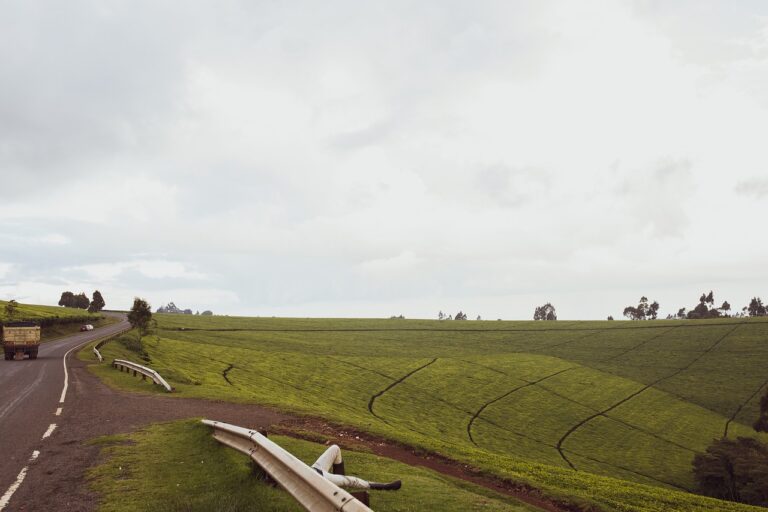The impact of sustainable aquaculture practices on coastal tourism
Aquaculture, also known as fish farming, plays a significant role in meeting the growing demand for seafood worldwide. However, the environmental impact of traditional aquaculture practices has raised concerns about its sustainability. In recent years, the focus has shifted towards sustainable aquaculture practices, which not only benefit the environment but also have a positive impact on coastal tourism.
Environmental Benefits of Sustainable Aquaculture Practices
Sustainable aquaculture practices aim to minimize the negative impact on the environment and promote the long-term health of coastal ecosystems. By implementing practices such as integrated multi-trophic aquaculture, where different species are cultivated together to create a balanced ecosystem, aquaculture facilities can reduce their environmental footprint.
Enhancing Coastal Ecosystems
By using sustainable aquaculture practices, aquaculture facilities can help enhance coastal ecosystems by promoting biodiversity and reducing pollution. For example, the use of natural filters such as seaweeds and shellfish can help improve water quality and create a healthier environment for marine life.
Boosting Local Economies
Coastal tourism is a major source of revenue for many communities around the world. By adopting sustainable aquaculture practices, aquaculture facilities can attract eco-conscious tourists who are interested in supporting environmentally-friendly practices. This can lead to increased tourism revenue and create new opportunities for local businesses.
Supporting Sustainable Development Goals
Sustainable aquaculture practices align with the United Nations’ Sustainable Development Goals, particularly Goal 14: Life Below Water. By promoting responsible aquaculture practices that protect marine ecosystems and promote sustainable resource use, aquaculture facilities can contribute to the global effort to conserve and sustainably use the oceans, seas, and marine resources.
FAQs
What is sustainable aquaculture?
Sustainable aquaculture refers to the practice of cultivating seafood in a way that minimizes environmental impact, promotes biodiversity, and supports the long-term health of coastal ecosystems.
How can sustainable aquaculture practices benefit coastal tourism?
By adopting sustainable aquaculture practices, aquaculture facilities can attract eco-conscious tourists who are interested in supporting environmentally-friendly practices. This can lead to increased tourism revenue and create new opportunities for local businesses.
What are some examples of sustainable aquaculture practices?
Examples of sustainable aquaculture practices include integrated multi-trophic aquaculture, which involves cultivating different species together to create a balanced ecosystem, and the use of natural filters such as seaweeds and shellfish to improve water quality.
How do sustainable aquaculture practices support the United Nations’ Sustainable Development Goals?
Sustainable aquaculture practices align with the United Nations’ Sustainable Development Goals, particularly Goal 14: Life Below Water. By promoting responsible aquaculture practices that protect marine ecosystems and promote sustainable resource use, aquaculture facilities can contribute to the global effort to conserve and sustainably use the oceans, seas, and marine resources.
Overall, sustainable aquaculture practices have a positive impact on coastal tourism by enhancing coastal ecosystems, boosting local economies, and supporting sustainable development goals. By prioritizing sustainability, aquaculture facilities can create a more environmentally-friendly industry that benefits both the environment and the local communities that rely on coastal tourism.







